“Production tooling is the strategy of creating precise & durable tools for manufacturing, mainly injection molding.”
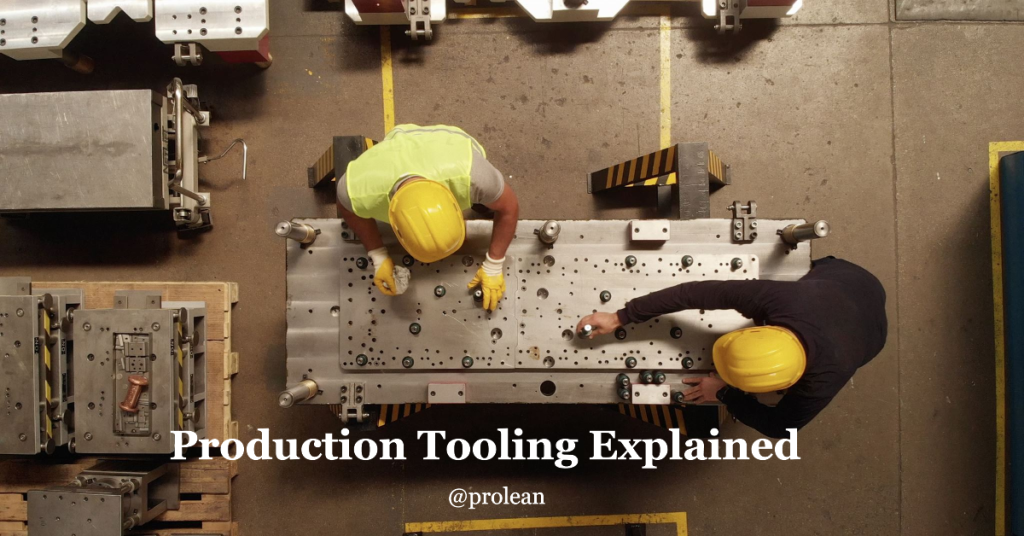
Manufacturing any product component requires different jigs, fixtures, molds, or other processing tools. Here, the term” Production Tooling ” refers to the arrangement of all tools necessary for the injection molding of plastic parts. It is one of the most accurate types of tooling in manufacturing.
Optimized tooling is important for the overall efficiency of the production cycle and the quality of the final products. They make the process stable & precise and ensure the desired specifications for functionality.
This article will overview the various aspects of the production tooling process, including advantages, alternatives, and comparison with rapid tooling solutions.
What is Production Tooling?
The production tooling mainly deals with the tools requirements of injection molding processes. The molding process manufactures large-scale plastic parts or products cheaper than other methods. Meanwhile, it needs Injection Mold and other tools for the molding.
Examples;
- Injection Molds
- Jigs
- Fixtures
- Assembly Tools
- Checking Gauges
This tooling approach is the most accurate one as it involves a series of tests before finalizing any tool. At the same time, it is an expensive tool. However, the mass production capability significantly lowers the per-part tooling cost as the production volume increases.
The main purpose of the Production Tooling Strategy is to facilitate the efficient manufacturing of designed plastic parts. It involves designing, manufacturing, testing, and finalizing injection molding tools.
Try Prolean Now!
The Production Tooling Process
The production tooling process involves different stages as it requires detailed designing and prototyping before full-scale production. It starts with the CAD design of the mold and another tooling element. Then, suitable manufacturing methods like CNC machining and EDM machining execute the design.
1. Creation of Design According to Requirement
This step is the foundation for the tooling and the complete manufacturing process. It involves designing the final product or component, necessary machinery, and tools. Engineers and designers use computer design software to create CAD models.
Furthermore, different factors influence the designing process. Some factors are the geometry of the intended product, required properties for functionality, production volume, etc.
2. Material Selection for Mold and other Tooling
The mold material is selected after the design creation. Here, the typical considerations for selection are required durability, material type(to be molded), cost, physical & mechanical properties, heat conductivity, etc.
Consequently, there are three popular material options for injection molds, Aluminum, Steel, and, Beryllium copper. Each of these mold materials excels in different production scenarios and offers unique properties. For example, the high heat transfer rate of aluminum allows the production of significantly large volumes as a steel mold can do. At the same time, the steel molds are way more durable than aluminum ones.
The common Materials for Mold making are;
- Aluminum
- Steel
- Beryllium Copper
- P20 Steel
- H13 Steel
- Hardened Steel
Moreover, the molds are often hardened after the machining to enhance their surface hardness using processes like Case Hardening. It improves the different original properties of steel alloy such as hardness, wear resistance, strength, and even surface quality in some cases.
The following table compares the different essential properties of Production Tooling Material in three categories, High, Moderate, and Low:
Table: Injection Mold Materials
| Material | Cost | Wear Resistance | Corrosion Resistance | Machinability | Thermal Conductivity | Material Compatibility |
| Aluminum | Low | Low | Moderate | High | High | Moderate |
| Pre-hardened Steel | Moderate | Moderate | Low | Moderate | Low | Moderate |
| Hardened Steel | High | High | Low | Low | Low | Low |
| Beryllium Copper | High | Moderate | High | Moderate | High | High |
| Stainless Steel | High | High | High | Low | Moderate | High |
| P20 Steel | Moderate | Moderate | Moderate | Moderate | Moderate | Moderate |
| H13 Steel | High | High | Moderate | Low | Low | Moderate |
3. Tool Manufacturing
This is the step where actually the tools are created. It involves different manufacturing techniques to execute the design like CNC, EDM, Grinding, and Wire-cut.
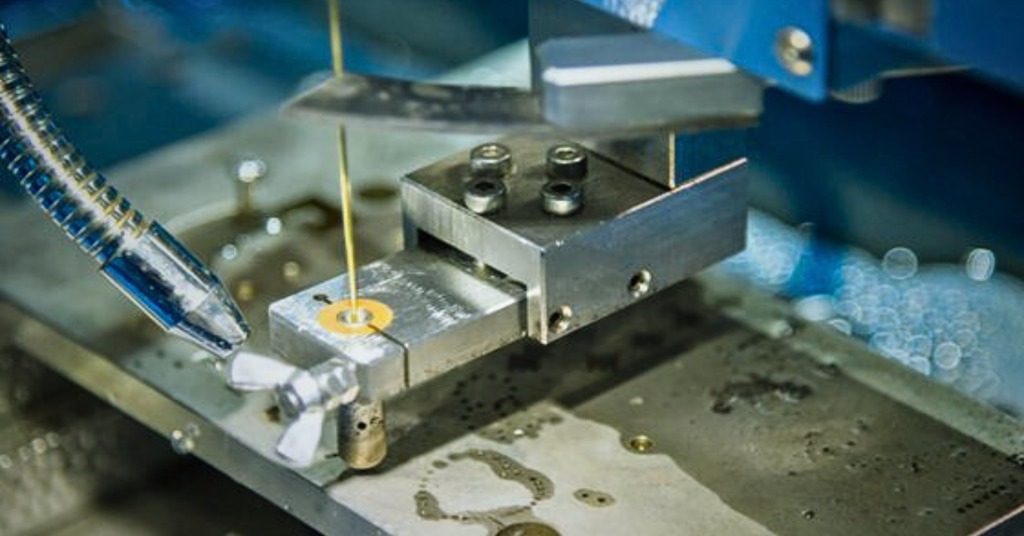
Wire-cut EDM
Each machining technique had a different role in Production Tooling Manufacturing. For instance, CNC machining is used to mill complex molds or dies with high precision. Consequently, EDM is particularly useful for adding fine details to hard metals that are difficult to machine with traditional methods.
Moreover, the surfaces of mold cavities, dies, and fixtures must be smooth. Therefore, Custom Metal Grinding and other surface finishing techniques are used to meet the desired surface finish level.
4. Testing and Prototype Tooling
Once the mold and other tools are ready, it is important to test their performance and efficiency by integrating them into compatible equipment. This stage also is known as the Rapid Tooling Stage. Some samples of final products are produced, and different areas( such as uneven wear and unexpected material behavior) are analyzed for improvement before the final manufacturing.
Additionally, the molds are tested under different circumstances to optimize their performance and efficiency.
What is Tooling Cost in Manufacturing?
The tooling costs refer to the total expenses associated with designing, creating, and maintaining the tools for any manufacturing task.
It mainly includes;
- Designing Cost
- Material Cost
- Machining Cost
- Finishing Cost
- Assembly Cost
- Shipping Cost
- Variables like complexity, precision requirements, lead times, and other hidden cost
However, spreading these costs over a large volume of products can reduce the per-unit cost of production. Additionally, the precision level (tolerances) also affects the costs. High-precision tooling for industries like aerospace and medical devices often requires tight tolerances. As a result, the cost of tooling increases.
Key Points for Production Tooling Costs
- High upfront costs for design, materials, and tool manufacturing Large volumes can justify the high initial costs by lowering the per-unit expense.
- More complex designs increase costs due to advanced machining and precision requirements.
- The need to replace tools due to wear and tear impacts the long-term tooling costs.
- The costs may increase with the integration of advanced technology like sensors and control systems.
What are the Advantages of Production Tooling in Manufacturing?
- Tools Durability
The use of high-grade materials and a detailed-oriented manufacturing approach creates highly durable tools for manufacturing processes, whether it is an injection mold or a stamping die. Consequently, the production tools can withstand up to millions of production cycles under proper maintenance.
- Consistent Quality
This precision tooling ensures that each produced component meets strict dimensional and physical specifications. So, it produces uniform items through the batches. This consistency is crucial in applications where the slightest variance can lead to significant functional issues. For instance, automotive & aerospace components.
- Production Efficiency
Production tooling maximizes manufacturing efficiency. The reason is that tools can be customized with features like multi-cavity molds or complex dies that perform multiple operations simultaneously. As a result, it reduces cycle times and overall efficiency.
- Lower Per-Unit Tooling Cost
Although the initial investment in production tooling is higher than other tooling methods, the per-unit tooling costs are significantly low due to higher production capability.
- Technological Integration
Modern production tooling can integrate advanced technologies, such as automation, sensors, and control systems. These integrations allow real-time monitoring and adjustments during the production process.
Try Prolean Now!
Other Tooling Solutions: Alternatives of Production Tooling
As we discussed the Production Tooling Process is a comprehensive approach to creating tools for Injection Molding, as well as other manufacturing techniques. However, some other tooling solutions are also used across industries, Rapid Tooling and Bridge Tooling.
1. Rapid Tooling
For small batches and prototypes of final parts, the production tooling could be way costlier. Meanwhile, Rapid Tooling or prototyping tooling significantly reduces the cost and time of tooling for molding, stamping, punching, and other processes.
Sometimes manufacturers or product designers need to optimize the existing product or develop new components. At that time, they don’t want to invest heavily in tools. So, rapid tooling gives the best option at a low cost. If we specifically look at Injection Mold tooling, Aluminum is the common metal used for mold and steel for other tools.
Key Points:
- The prototype tooling is way faster than conventional tooling. It reduces the time from design to prototype and production.
- Its low tooling cost benefits low-volume productions or prototype batches.
- The thorough testing reduces the risk of potential defects or issues before committing full-scale production tooling.
- It is easier to make changes and modifications with the rapid tooling process.
2. Bridge Tooling
This strategy or tooling solution is in the middle if we compare its cost and production time with rapid and production tooling. As the name suggested, it bridges the prototyping phase and full-scale runs. So, it is used in situations when manufacturers feel the possibility of design changes.
Let’s take an example of bridge tooling for an injection molding project. Manufacturers want to produce some considerable volumes of molds once the prototypes are validated, but not in large volumes. The reason is that they are not sure how the market will react, and the product might need some adjustment after some time.
Key Points:
- It accelerates the transition from product development to market entry.
- The bridge tooling is less costly than permanent or production tooling. As a result, it is cost-effective for moderate production volumes.
- Manufacturers can adjust the product design based on early customer feedback and real-world usage data.
- It reduces financial and operational risks by facilitating early market testing at a reasonable cost.
Rapid Tooling Vs. Production Tooling
These two tooling processes are distinct strategies of manufacturing tooling for distinct production requirements and scenarios. Rapid tooling is a fast-paced tooling process that comes at a lower cost. On the other hand, production tooling is the more refined and durable tooling.
The following tables show the key differences between rapid tooling and production Tooling in Manufacturing;
Table: Rapid vs. Production Tooling
| Criteria | Rapid Tooling | Production Tooling |
|---|---|---|
| Materials Used | Less durable like aluminum alloys | Durable materials like tool steels. |
| Cost | Lower | Higher |
| Production Volume | Suitable for low to medium production volumes. | High production volumes, often in the millions. |
| Speed | Shorter lead time | Longer lead times |
| Durability | Limited production cycles( up to a few thousand) | Highly durable |
| Precision | Good precision | Extremely precise |
| Flexibility | Easy design modifications between iterations. | Less flexibility for changes |
| Tooling Complexity | Less complex, focusing on speed and cost-efficiency. | Can be very complex |
| Applications | Prototype development to limited runs | For excellent repeatability in mass-production |
Do you Need Production Tooling Solutions from China?
China is a popular destination for various manufacturing solutions, including production tooling. The strong supply chain of materials and advanced manufacturing facilities in Chinese manufacturers can provide precise solutions at affordable costs.
ProleanTech is a China-based manufacturing company that provides production tooling service and other various on-demand manufacturing services. We have our own production factory with CNC machining, EDM, Grinding, and other 10+ facilities to provide the tooling for a wide range of requirements.
Additionally, we can test your molds and other tooling with our advanced equipment. It will help to optimize their effectiveness according to your needs. So, send us your design and specifications for an accurate quote.
Read more: Aluminium Extrusion Explained: Tooling and Process
Try Prolean Now!
Summing Up
Overall, production or full-scale tooling is the best option for large-scale manufacturing. The durable tools and supports built with a production tooling strategy ensure tight precision and longevity. Although it is costlier than other tooling, the high volume production capability makes it cost-effective in the long run.
There are other approaches besides the Production Tooling: bridge tooling, and rapid tooling. Mainly, the rapid tooling excels for small batches and prototyping projects.
FAQs
Why is tooling important?
Tooling defines the quality, consistency, and efficiency of manufacturing processes. It ensures the intended parts meet specific standards.
What are the different types of tooling solutions?
The common types of tooling solutions are rapid tooling, bridge tooling, and production tooling.
How to balance the quality and cost of production tooling?
You can choose appropriate materials and precision levels for tooling based on production volume and part complexity. For example, choose durable tooling for high-volume needs, while rapid or bridge tooling is suitable for low-volume.
How does mold surface affect the quality of the final product?
Especially, the first level of mold cavities surface directly impacts the finish and other quality of the final product. The smooth cavities surface produces the molded parts with better finish quality.

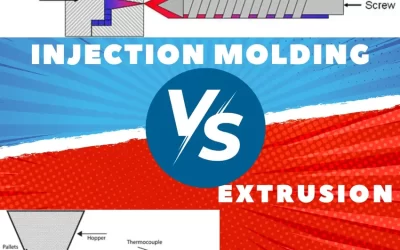
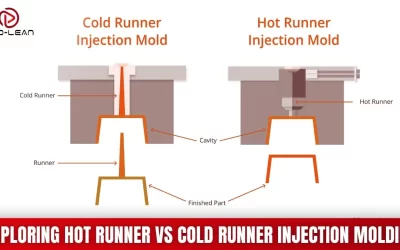
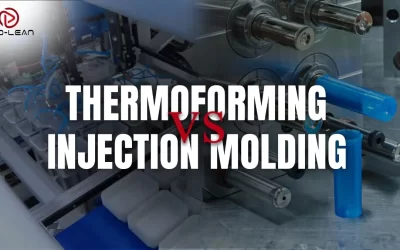
0 Comments